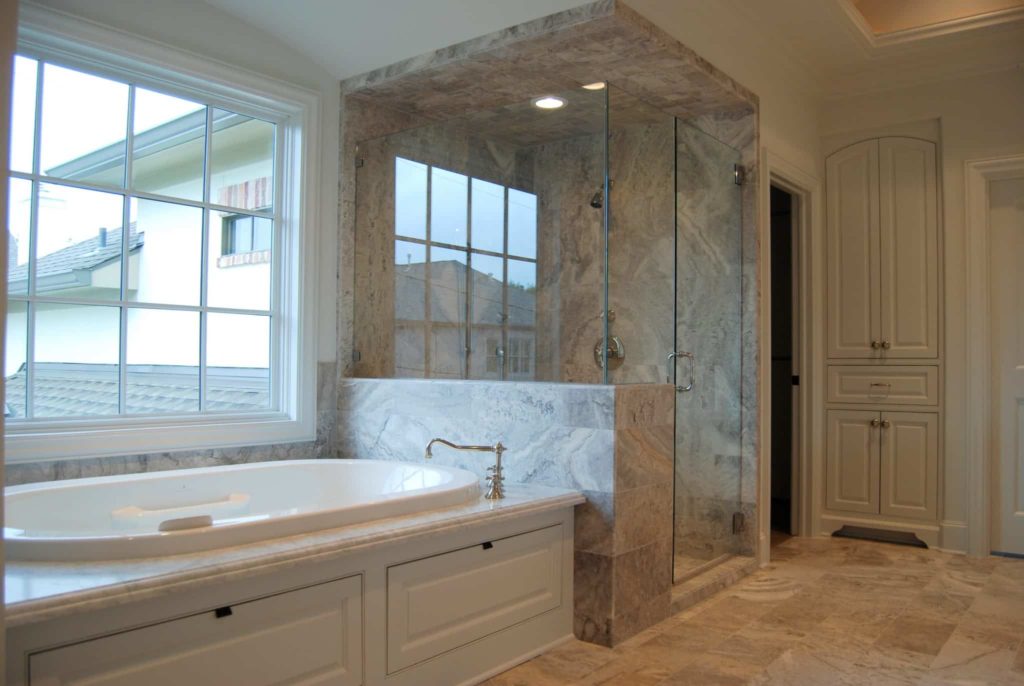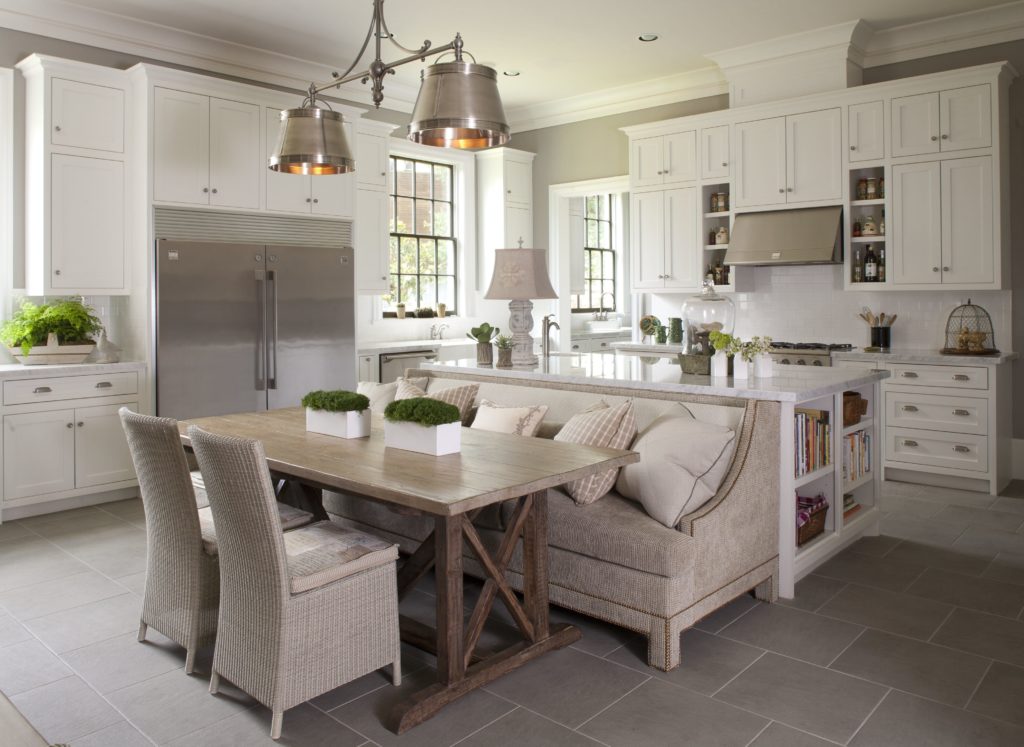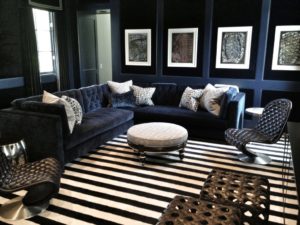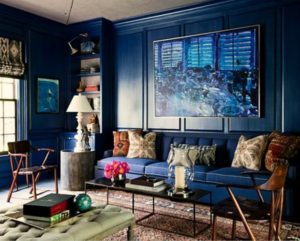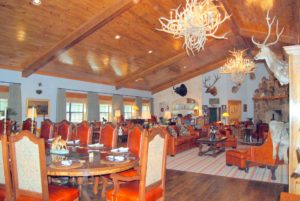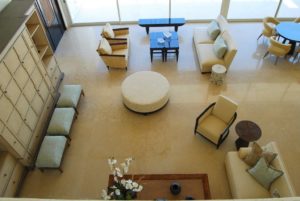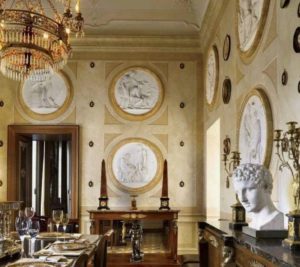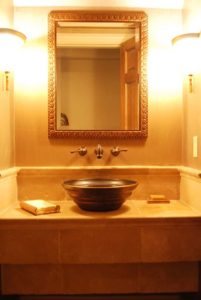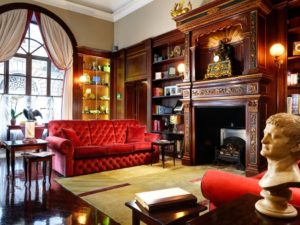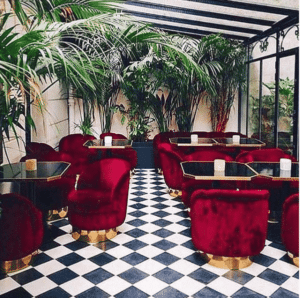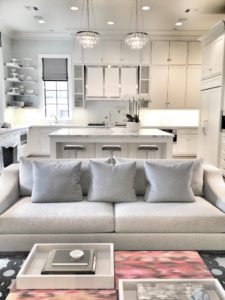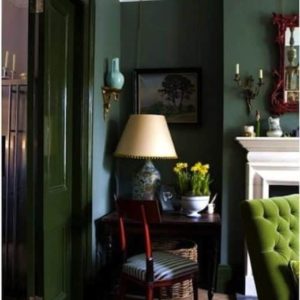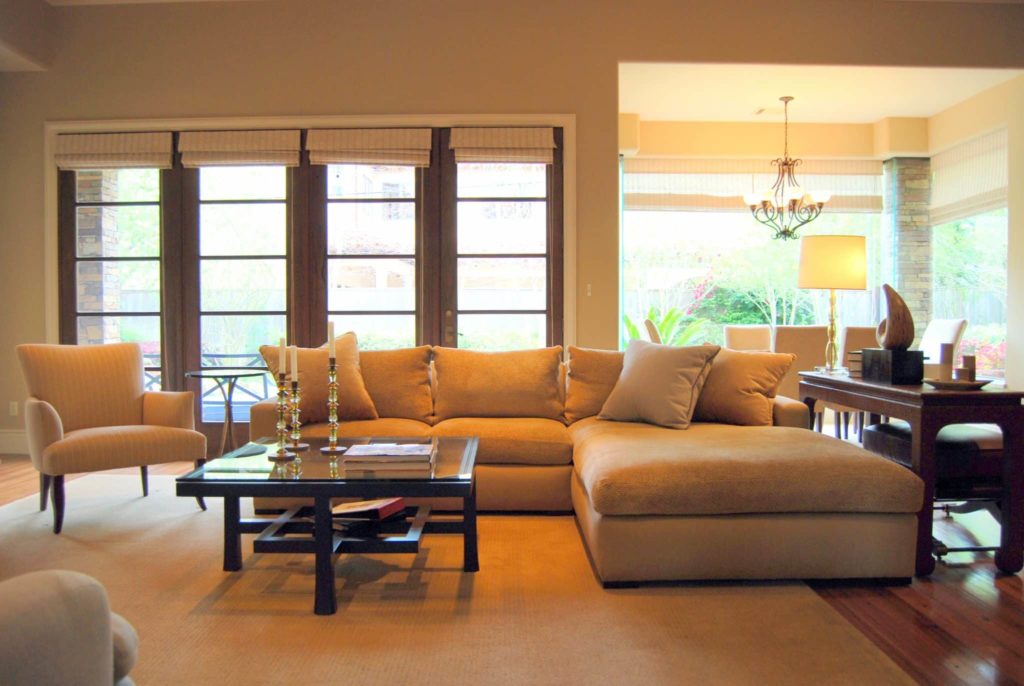Luxury Interior Design
It could be stated that luxury is subjective, but we’d argue that luxury exists because we can all agree on what’s sophisticated and what’s not. Luxury is many things, but mostly it’s:
- Sophisticated
- Technologically savvy
- Comfortable
- Convenient
- Self-aggrandizing
- Timeless
Luxury items are self-aggrandizing because the mere possession of lavish items increases our status and satisfies our egos. Studies have shown that even looking at lavish and luxe items from prestigious brands can trigger the medial prefrontal cortex (MPFC) and precuneus, which are associated with self-reflection and self-relevance.
Luxury interior design is also timeless because it doesn’t conform to trends and it only increases in value as it ages.
Luxury interior design follows these very same principles. Luxury interior design is equally comfortable as it is beautiful.
At Dreams By MJS Interiors we’ve undertaken multiple high end interior design projects from redesigning the oval office to redesigning Oprah’s house in Chicago, among a list of other high end celebrities.
Here, we’re going to discuss what adjustments you can make to take your interior design from austere to luxury.
5 Considerations for a High End Home Interior
Luxury is Available for Every Design
The very principle of high end interior design is that there are luxury options for even the most austere designs.
Now, luxury can come in two forms: aesthetic or comfort.
Upgrading the technology in your living room - adding a projector, bigger TV, or entertainment system- can add some much needed amenities and comfort to your space.
On the flip side, a luxury ottoman, glass coffee table with beech wood legs, or some high end furniture can transform a dull space into a luxe living room interior.
Focus on Focal Points
Focal points are especially important for luxury living room interior design. This is the first thing that visitors will spot when they enter your house.
A focal point could be a brick fireplace or a sculpture piece at the entrance of a walkway. Vaulted ceilings, expensive art, and sophisticated lighting fixtures are all great examples of luxury pieces that will draw the attention of the room.
Positioning your most pristine furnishings and room fixtures to serve as a focal point of your room will add even more opulence by serving as the center of focus for anyone in the room.
Quality is Paramount
Again, luxury is about convenience and comfort. Never settle for low quality materials that will break after limited uses. More importantly, don’t settle on low quality items in the pursuit of style. Aesthetic and texture will naturally flow and emanate from your most sophisticated items.
Always choose high quality furniture and fixtures that add value to your home. Settling for shotty materials will be pretty easily noticed and take away from that sense of opulence you’re trying to convey.
Think Historical
This one should not be too surprising, but people just naturally associate historical items and aesthetic with luxury.
Many design trends nowadays actually borrow from historical styles, such as ancient Greek and Baroque era trends. Maybe the most prominent is the use of Byzantine style art to decorate ceilings and influence architecture during initial home designs.
Regardless of your style, the addition of some antiques, sculptures, and historical art could add a significant sense of luxury and lavishness to any home interior.
Make Use of Space and Texture
Finally, once you have all of your fixtures picked out, it’s time to start looking at your interior as a whole. Use your most prominent luxury items as focal points to a room and use complementary textures to create a certain flow throughout the room.
Generally, luxury interior design is not cramped or cluttered. Let natural lighting in and space out furniture to let the room breathe and flow naturally.
With these tips in mind you can make use of your most sophisticated pieces and create an air of comfort and beautiful aesthetic that simply breathes luxury.
15 Interior Design Secrets from the Professionals
Looking for a complete family room interior redesign or some interior design secrets for selling houses? At Dream By MJS Interiors we have completed projects for the Four Seasons Residential Tower in Austin, as well as other sophisticated projects, such as a complete interior redesign of a two-story penthouse in Houston and a project for a Texas state senator at Camp Logan in Houston.
Throughout our experience, our team of professional interior designers has picked up some secrets that can be applied to any interior design project, whether it’s decorating modern living rooms or 19th-century Mediterranean decor. But we believe that knowledge is most effective when shared.
Here are fifteen interior secrets that the professionals use that can be applied to your next interior design project!
Design for Comfort
When starting an interior redesign, comfort and purpose should be your primary objective. More specifically, comfort should be your primary purpose. You want your home, living room, and bedroom to be an area of zen and relaxation, utilizing soft, earthy tones and plush furniture that is inviting and roomy.
This is why most designers recommend choosing your color palette as the first step in an interior design project. This is because softer colors will promote greater relaxation in more intimate rooms and darker colors will promote greater urgency in home offices and kitchens. By establishing a comforting atmosphere through the color wheel, you can begin assembling furnishings and home decor that will build up a room’s sense of comfort and purpose.
Focus on Focal Points
Think of the focal point of the room as the foundation of a house. The focal point is the first thing that visitors will spot when entering a room. It could be a fireplace, a window, or a table that establishes the flow of the room. The focal point will dictate the positioning of the furniture and the arrangement of walkways and seating. Use furniture arrangements to bring more focus to the focal point of a room and establish a balance thereafter.
Don’t Leave Walls Bare
This tip isn’t as much of a secret as it is a necessity. Bare walls can make a room feel suffocating and simply unsophisticated. Wall mount lights, artwork, and mirrors can add significant depth to a room that may appear smaller than it actually is. Plus, wall fixtures add to the flow of a room, making rooms feel more inviting. Imagine walking into a bathroom without a mirror? Creepy!
Everyone Forgets About Ceilings
Ceilings are the most neglected area of any room, but they can significantly add value to your house and depth to your design. Glass ceilings can enrich rooms with natural light, mural ceilings can compliment decor arrangements, and gold-tinted ceilings can add an unparalleled level of luxury to any home. Many argue that walls or furnishings tie rooms together, but why not ceilings?
Use Bold Colors Strategically
As previously stated, softer shades can breathe serenity into any room and make it more inviting. But a red throw pillow or an imperial blue lamp can add a nice visual contrast. Don’t utilize bold colors too frequently, but use them as secondary focal points to tie the room together through color contrasts.
Utilize Color Accents and Contrasts
Color truly is everything when it comes to finishing a design:
- Complimentary colors can create illusions that make rooms appear bigger and bolder
- Accent colors can tie the room together by contrasting focal points on opposing walls or surrounding trim
- Monochromatic colors create a pleasant and inviting atmosphere.
Natural Lighting is Everything
What separates a studio apartment in a highrise from your stylish home living room is not the amount of furniture or the ceilings you have, but the availability of natural lights coming from your windows that make rooms appear bigger and more inviting. Sheer curtains allow for natural sunlight and are the perfect addition to a finished room.
Wallpaper Can Add Pop
Do you have a bare or ugly wall or ceiling patch you want to cover up? Well, some floral or monochromatic wallpaper can add pop to any room, as long as it fits within the general color scheme. Cheap, effective, and unnoticeable, wallpaper adds a fresh aesthetic to any room and can tie a room together if done well.
Rugs Are Inviting
Wood and laminate flooring often evoke mixed emotions, none of which are too inviting. A rug could quickly fix that by arranging them properly in walkways and living rooms to focalize furniture and other decor.
Furniture and Spacing
You may notice that interior designers never push furniture against a wall. All furniture is usually positioned at least a foot away from walls to actually make rooms appear larger and more inviting. It may sound strange, but arranging furniture with enough space from each other and any barriers can make rooms appear less suffocating and more inviting.
We Love Wall Lights
It’s true, wall lights can solve many of your existing interior design issues. Aside from covering up bare walls and accenting mirrors, they can add more light to rooms, giving it that added layer of zen. There’s nothing more uninviting than a dimly lit room.
Add Color to Trims
Window and wall trims are perhaps the most overlooked design aesthetic of any room...and ceilings! But there’s a great opportunity to add a splash of color to your lifeless wall trims to create some unique color contrasts and compliments that, again, tie a room together.
Consider the 50/150 Rule
This tip really applies to a fresh interior redesign or stripped walls. Essentially, you want to create a color contrast that is 50% lighter than the base with another color that is 150% darker than the base.
More Pillows!
Nothing is truly more inviting to a room than more throw pillows. They can add bold color contrasts and simply make a room feel more comfortable, literally!
Fixtures and Accessories Tie Everything Together
Finally, what truly ties a room together is furnishing and decor. From wall mounts to lamps and couches, choosing the right furniture will establish Feng-shui and influence how people interact and relax in your room.
Conclusion
For more design tips and tricks visit our interior design blog or contact us today!
Where to Begin with Designing Your New Home
You may still be searching for your first home, or you may be getting ready to move in soon. Whichever is happening in your life at the moment, there’s no doubt that homeownership marks a major milestone, as well as a time of renewal. Read on to discover how to design your home in a way that makes the most of your existing budget.
Where to Begin with Designing Your New Home
Moving into a new home means having a bigger space, but it also means that you are moving from one stage of life to another. That old futon may have served you well in college, but your family and your new home will demand more. That being said, you will likely be wondering which room is best for your redesign.
Before you start, however, give yourself some time in your new interior. Over the first couple of months, really think about how you will use your new house, as well as how you plan to live in it. For example, you may have thought that one room deserved most of your budget, when it may actually only need a couple of new items.
Finally, you’ll want to measure all of the rooms in your home. Although you will likely be filling your rooms with furniture gradually, having measurements on hand will be very useful if something catches your eye while you’re out doing other things.
The Bedroom
Did you know that most top Houston interior designers predict you will spend one-third of the time in your home in the bedroom? This fact makes your bedroom an ideal place to begin your redesign. Here, the bed will be the most important piece of furniture that you buy.
Getting the Right Bed
Choosing a bed may seem easy, but there are a few considerations to keep in mind. First, although current trends may tempt you to purchase, you need to think about the years you plan to spend in your home. Do you think the palette and style of your bedroom will change over the years? If so, choosing a bed in a timeless style will be the best route.
Now, by “timeless style,” we don’t mean choose something which fits but is something that you don’t really like. You should choose a bed that you absolutely love—one that reflects who you are—as well as ensuring that it is of high quality so that it will last. Finally, your new bed should fit comfortably in your bedroom.
If you’re on a really tight budget, stick with your old bed, but splurge on new high-quality bedding for yourself. Spend as much as you can afford, and opt for a high thread count when and where ever possible.
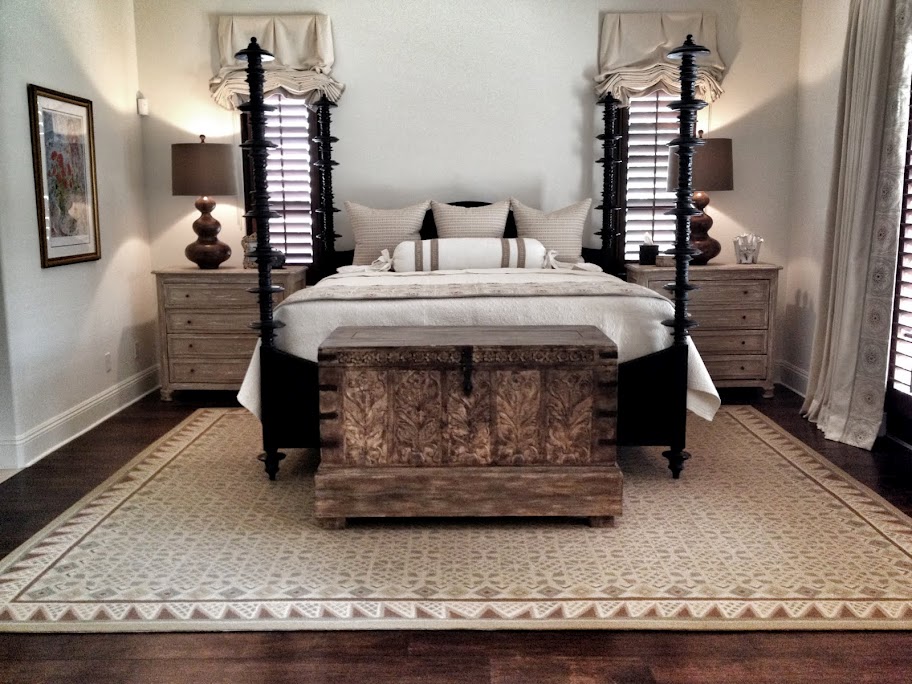
Color Palette
After you’ve gotten your bed, it’s time to think about the colors that your bedroom will have. There’s no doubt that a fresh coat of paint will almost instantly transform the room, but if painting isn’t something you want to do, Texas interior designers recommend that you take a look at items you already have.
Is there one item you own that you really love? If so, celebrate it by echoing its colors in accent pieces like pillows and artwork. These colors, when sprinkled throughout your bedroom, will help to tie it all together.
Living Room
Furniture isn’t cheap, and, because you’ve just purchased your first home, you are highly unlikely to have the budget for new furniture in every room. That means having to live with your old furniture for a while.
However, even though you may be surrounded by the same old, same old, that’s no reason to feel like you’re stuck; all you need to do is identify the similarities. Perhaps one shade in your chair goes well with another found on a vase. If this is the case, you need only expand on those similarities.
One great way to flaunt the similarities in your furniture is to choose an accent wall and paint it in a color that unifies the pieces. You can also find second-hand accessories or a rug containing those colors.
The sofa will be the largest piece of furniture in your living room. The great thing about sofas is that they can be used as the focal point of a room, or they can be in a neutral color and used as a blank canvas for colored accessories.
Because these furniture pieces can be costly, it may make sense to invest in a piece that will be with you for a while, say home designers in Houston, changing only the pillows and throws when it’s time for something new.
Matching Is a Myth
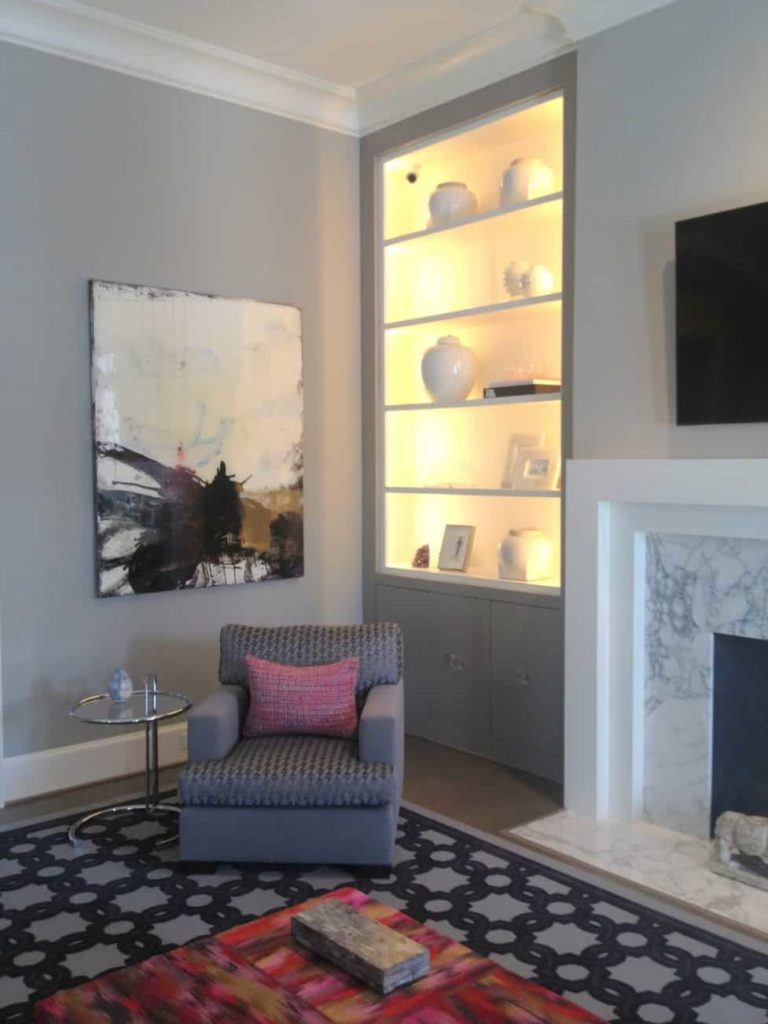
If you visited a furniture store lately, you probably noticed how well everything matches. While it might be nice, not to mention incredibly easy to walk in and buy an entire living room or bedroom set, this is not the best idea.
Why? There are many reasons. First, these sets look great in the showroom, which is great if you want your room at home to look like a showroom as well. Again, your personal style is what should be reflected in anything you purchase for any room in your home.
Another reason matching is a myth is that what you see in the store may not work in the size of rooms in your home. That huge 4-poster bed you’ve been pining for may be completely over-sized in your small master bedroom.
When shopping, carefully consider not only the size of the rooms in your home, but also ensure that everything you buy is balanced and of the right proportions for each room’s size.
Consider Inexpensive Upgrades
Your kitchen or bathroom’s current look may be driving you crazy but, if you don’t have room for renovation in your budget, you might want to consider upgrading certain elements. For example, you can change out those dated kitchen lights for something new and, maybe, lay down some luxury linoleum or new tile in the bathroom to make things a bit more easy to live with.
Or, your interior designing adventures may have seen you starting to collect artwork. However, you need to fill those bare walls with something until you have a full collection. When doing so, try to avoid those inexpensive pieces that look like everything else, and start scouring your local flea markets and antique stores for unique items that match your personality instead.
You can customize your home further by taking a look at textiles. Today’s textile choices are absolutely vast, and there is a color and feel for every fancy.
The best thing about the many choices available in rugs, pillows, throws, and similar items is that you can put them in any room. When you feel you need a change, simply move the textiles from one area to another.
Should You Hire a Professional Designer?
The many available design choices can make the experience of redesigning your home a stressful one. Because of this, many families choose to hire a professional designer. While this may seem an incredibly expensive option, the truth is that a professional designer can save you a lot of money in the long run.
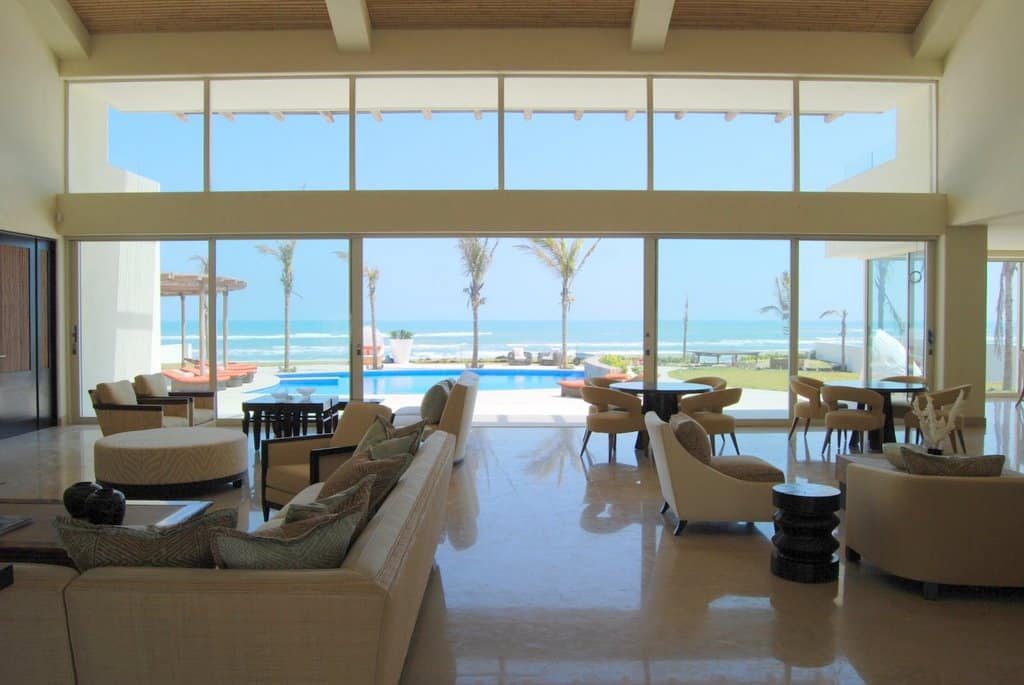
For example, if you’re shopping on your own, you may need to purchase several shades of paint to try to achieve the look you desire. In hiring a professional designer, you can ensure that you have the right color right away.
The right designer will be able to know instantly what will work and what won’t for your home, eliminating any guesswork and extra expense on your part. Hiring a Houston interior designer, you will have instant access to design contacts and resources that you didn’t have previously.
This includes access to products that the general public cannot access, which means your space will be truly unique to you.
Your New Home Deserves the Best
Your home deserves a look that is both reflective of you, and which provides every room with balance, style, and the best that interior design has to offer for your budget. Dream by MJS Interiors can offer all of this and much more.
Our team of experienced designers works with you to create exactly the look and feel you want while being sure to maximize your budget. We are students of many design eras, having gained our inspiration from interiors around the world. Dreams by MJS Interiors is ready to make your dreams a reality; contact us now to claim your free consultation: 713-766-4570.
how to design your home
Design Favorites: U.S. Boutique Hotels
BOUTIQUE HOTEL INTERIOR DESIGN THAT IS DESTINED TO IMPRESS
Boutique hotels are expanding all over the United States. These are intimate, design-led properties that distinguish themselves from larger, branded hotels by providing guests with ultra-personalized service and accommodation. But more than that, there’s a unique set of characteristics that define a boutique hotel.
CLASSIC CHARACTERISTICS OF BOUTIQUE HOTEL INTERIOR DESIGN
First, this type of lodging facility gains its uniqueness through aesthetics, atmosphere, and a level of personalized service that just can’t be found in larger establishments. Therefore, the size is another important feature of a boutique hotel, and bigger is not necessarily better. The décor plays a key role in adding the right amount of individuality and setting a thoughtful ambiance throughout a boutique hotel. High-quality materials, designer furnishings, and quirky touches are often used to create a memorable visual experience, while bespoke amenities like a generous pillow menu, plush baths, or handmade organic toiletries contribute to an atmosphere of comfort and luxury. Another common characteristic of these exclusive accommodations is the great attention to detail. A true boutique hotel interior design will always take time to choose the finest linens and freshest food ingredients, to style its rooms individually, and to incorporate bespoke art and locally-sourced materials in the interior decoration.
Source: Hotel Emma
We love Hotel Emma! It is so incredibly unique, and a real destination on its own. It’s on the river, located in the old Pearl Brewery. This fabulous spot kept some of the original equipment, details, and industrial elements while incorporating all the luxurious amenities of a world-class hotel. It’s industrial, Texan, rustic, and modern, all at once. It has an old-money feel, a historical background, and a remarkable story.
Source: The Little Nell
Designer Walter Paepcke inspired the modern Aspen experience. The Little Nell is cosmopolitan but intimate, and modern but timeless. The ambiance of this world-famous restaurant flows from the hotel’s living room, as it might in a personal home. A dramatic glass wall displays some of the wines from the spectacular cellar, and within the flow of the room are two smaller, more private spaces. The bass notes of the color palette are warm, calming grays. Layered in are accents of bright color and rich tactile materials.
Source: The Archer Hotel
The Archer Hotel features “industrial chic” interior design and includes butcher-block floors and exposed brick and steel throughout the property, giving the space a tremendous amount of character.
Source: The Ludlow Hotel
Imagine New York of the 1980s with its tremendous art, early hip hop, and punk rock scenes. Then translate that vitality to a boutique hotel in New York’s Lower East Side. Put these together, and you get The Ludlow Hotel. The stunning result appears as soon as you walk through the steel and glass doors of the lobby into a lounge with oak-paneled walls, antique chandeliers, and Parisian accents. All bathrooms boast black and white tile work, marble mosaic floors, brass fixtures, and rain showerheads.
Source: The Spectator Hotel
The Spectator Hotel is smack in the middle of Charleston’s bustling historic district. This Southern charmer brims with the spirit of the Jazz Age, anchored by a Great Gatsby theme, right down to the stuffed albino peacock named Daisy Buchanan in the lobby.
For more information on unique interior design creation, contact Dream by MJS Interiors.

